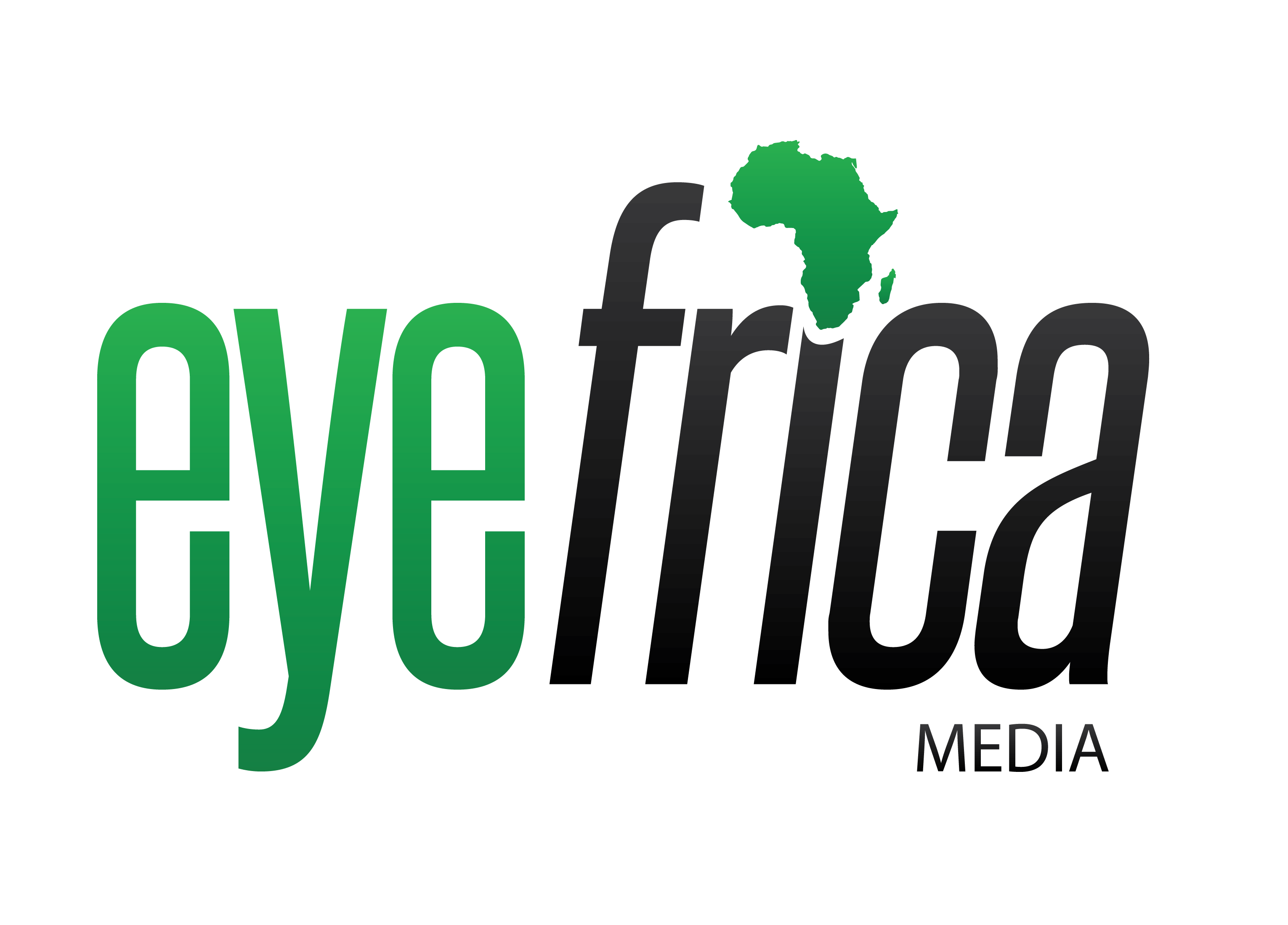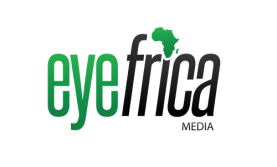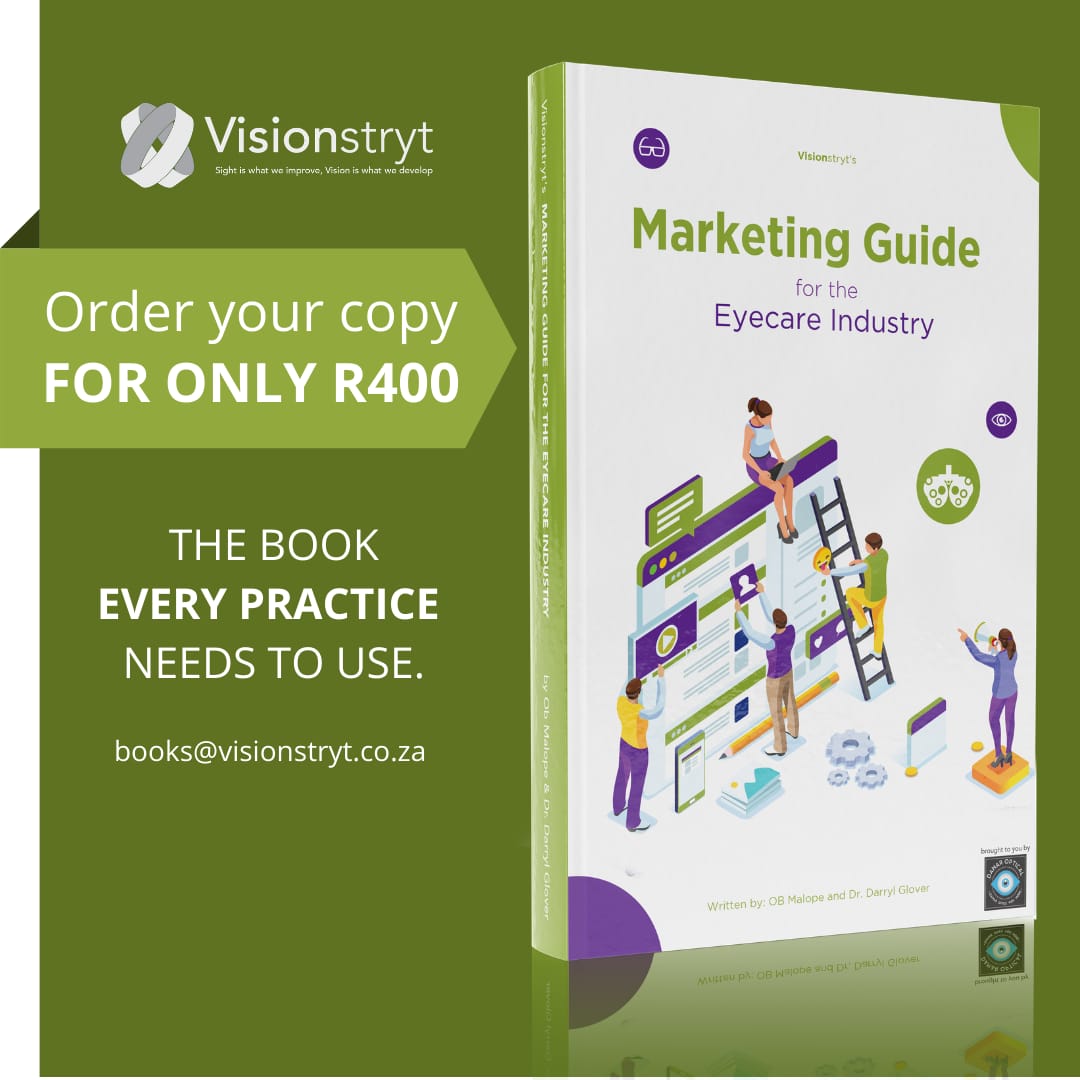Obinwanne Chukwuemeka Junior (OD, MOptom, Dipl. (AAO), FAAO, FLVPEI, FSLS)
Head Of Cornea, Specialty Contact Lenses and Myopia Control Services, De Lens Ophthalmics Family Eye and Vision Care Centre, Febson Mall, Abuja, Nigeria.
The Encyclopedia Britannica defines a disease as ‘any harmful deviation from the normal structural or functional state of an organism, generally associated with certain signs and symptoms and differing in nature from physical injury’ (1).
High myopia is associated with axial elongation, and chorioretinal thinning (2). Continuous stretching of the posterior globe in high myopia has been associated with glaucoma (3,4), cataracts (5), retinal detachment (Lindstrom, 1987), maculopathy (7), decreased quality of life and mental health disorders (8). This definitely indicates that myopia is a disease and should be addressed as such to avoid severe visual impairment, which in some cases may be irreversible.
While there is a plethora of options for managing childhood and progressive myopia, the mental health impact of myopia has recently seen an increased focus in children. Individuals with high myopia have been shown to have a decreased quality of life, anxiety and in some cases depression (8).
However, the impact of myopia on the parents or guardians who care for children with myopia has not received as much attention. Chronic diseases in children have been shown to impact the mental health of their parents (9). Some studies show that parents of children with myopia are quite anxious and the anxiety levels tend to increase with increase in myopia magnitude (10,11). In these studies, the presenting parent was often the mother, with the ratio of mothers to fathers in one study being 3:1 (10).
In daily practice, after we examine the child with myopia, we explain the condition, and offer myopia management options, after a brief discussion, the patient and parent(s) are off to the front office for payment and so on. But wait, recall times you saw the worry on the faces of parents as you explained axial length increase, how they moved closer to ask questions about the child’s myopia and what to do to stop the progression. I recall times a parent asked for a moment to call their partner after the discussion about their child’s myopia, for what seemed like a morale support or asking them to be present for the discussion. First hand, I have seen parents who themselves have high myopia and have the complications of high myopia tear up when their child is diagnosed with myopia and shift towards self-blame and anxiety and worry. While we must maintain professionalism, we must be compassionate as well. Here are things we can do:
- THE DISCUSSION
When discussing myopia and myopia management, using clear and simple terms often goes a long way in carrying the parents along.
When possible, having both parents present will be ideal. If the clinic hours are busy or you sense that the parent isn’t in the right frame of mind, an appointment to discuss the examination findings, axial length growth charts, scans and intended strategy can be set up. During this appointment, explain myopia and the do not sugar coat the condition. When explaining the risk of complications, emphasize that these are risks and are based on scientific evidence. Avoid making negative predictions. Negative predictions may sound like: ‘your child will develop glaucoma if he does not begin myopia management’. A better way to put it will be: ‘looking at the parameters of your child, there is a risk he may develop complications related to high myopia from evidence available and here are some things we can do to prevent that’.
It is important to keep in mind that not all you say may be understood initially or at the first visit, and this is fine. Allow time for parents to process what you have said, make personal research or even seek a second opinion. Try not to overload with information as this may be counterproductive. Providing pamphlets that parents can read will help them get information about myopia. Do not tell them to ‘Google it’, and do not tell them not to either (because they will!). Instead, provide trusted online educational resources specific for myopia, such as MyKidsVision (https://www.mykidsvision.org/en-US/about-us). Trusted sources give reliable information that is presented in an easy-to-understand manner and this makes the case without causing unnecessary fear or anxiety.
- THE PARENTS ARE PART OF THE CARE TEAM FOR THE KID
Listen to parents, they often provide reliable information regarding the child’s digital device use, outdoor time, behavior and sleep pattern. As you actively listen, you are likely to pick on areas of doubts or concerns, these should be addressed. This method of actively listening makes the parents feel heard and part of the child’s care team. Allow room for expression of emotions, and be compassionate as you speak and offer answers to concerns or offer management strategies.
Come up with a plan that involves the parents and their schedule, this ensures adequate follow up, application of eye drops and monitoring the use of treatment devices such as contact lens hygiene, spending time outdoor or the use of spectacles.
- SUPPORTING THE PARENTS
Having a support group specific for myopia management in your practice or community is a great way to pull parents or other care gives together. This encourages mutual support, builds trust in the process, alleys any concerns or fears and in fact can calm anxiety.
In some cases where the anxiety may be palpable, ask direct questions about how the parents feel, read facial expressions. This allows you adjust your tone, tailor the discussion in a way that helps them understand and not make decisions from a place of fear. Having in office anxiety or depression questionnaires may come in handy. Make appropriate referrals to a psychologist based on your judgement. Having one on your referral team can really be helpful. When the parents understand the condition and are less anxious, the compliance to the treatment is often much better and the child is managed in a healthier environment.
- DISCUSSING THE OPTIONS AND THEIR COSTS
When offering myopia management strategies, often times the cost of the treatment poses the elephant in the room. This does not have to be. Offer the management strategies and work together with the parents to decide the best option for the specific patient keeping in mind the risk factors. Of course, what the parents can afford must be considered, but presenting the cheaper and least effective management option because it is what can be afforded at the time is not helpful in the long run either.
- Follow up
Follow up via telephone calls or emails or texts. Telephone calls are preferred as this shows direct concern and may not be missed like an email. Whenever possible, make the calls yourself or have a designated staff in office who does understand myopia management to make these calls. Keep track of patients who miss appointments and reach out. This after-care-call shows deep concern and reassures the parents that the child’s wellbeing and eye health is paramount and not just their dollars.
REFERENCES
1. William Burrows, Dante Scarpelli. Encyclopedia Britannica. 2025 [cited 2025 Mar 11]. Disease | Definition, Types, & Control | Britannica. Available from: https://www.britannica.com/science/disease
2. Saw SM, Gazzard G, Shin-Yen EC, Chua WH. Myopia and associated pathological complications [Internet]. Vol. 25, Ophthalmic and Physiological Optics. Ophthalmic Physiol Opt; 2005 [cited 2020 Nov 30]. p. 381–91. Available from: https://pubmed.ncbi.nlm.nih.gov/16101943/
3. Jonas JB, Wang YX, Dong L, Panda-Jonas S. High Myopia and Glaucoma-Like Optic Neuropathy. Asia Pac J Ophthalmol (Phila) [Internet]. 2020 [cited 2024 Mar 31];9(3):234. Available from: /pmc/articles/PMC7299230/
4. Perera SA, Wong TY, Tay WT, Foster PJ, Saw SM, Aung T. Refractive Error, Axial Dimensions, and Primary Open-Angle Glaucoma: The Singapore Malay Eye Study. Archives of Ophthalmology [Internet]. 2010 Jul 1 [cited 2021 Aug 20];128(7):900–5. Available from: https://jamanetwork.com/journals/jamaophthalmology/fullarticle/426045
5. Wong TY, Foster PJ, Johnson GJ, Seah SKL. Refractive errors, axial ocular dimensions, and age-related cataracts: The Tanjong Pagar survey. Invest Ophthalmol Vis Sci. 2003 Apr 1;44(4):1479–85.
6. Lindstrom RL. Retinal detachment in axial myopia. Dev Ophthalmol [Internet]. 1987 [cited 2022 Sep 28];14:37–41. Available from: https://pubmed.ncbi.nlm.nih.gov/3653483/
7. Hashimoto S, Yasuda M, Fujiwara K, Ueda E, Hata J, Hirakawa Y, et al. Association between Axial Length and Myopic Maculopathy: The Hisayama Study. Ophthalmol Retina [Internet]. 2019 Oct 1 [cited 2022 Sep 28];3(10):867–73. Available from: https://pubmed.ncbi.nlm.nih.gov/31202664/
8. Osuagwu UL, Ahaiwe KE, Meribe N, Nkanga ED, Ekpenyong BN, Ibanga AA, et al. Quality of life and depression among patients with high myopia in Nigeria: a cross sectional study. Int J Ophthalmol [Internet]. 2023 Dec 1 [cited 2024 Mar 31];16(12):2071. Available from: /pmc/articles/PMC10700079/
9. Cohn LN, Pechlivanoglou P, Lee Y, Mahant S, Orkin J, Marson A, et al. Health Outcomes of Parents of Children with Chronic Illness: A Systematic Review and Meta-Analysis. J Pediatr [Internet]. 2020 Mar 1 [cited 2025 Mar 11];218:166-177.e2. Available from: https://pubmed.ncbi.nlm.nih.gov/31916997/
10. Chu HH, Zhang R, Han LLH, Yu JF. Study on the impact of children’s myopia on parental anxiety levels and its related factors. Eur J Pediatr [Internet]. 2025 Jan 1 [cited 2025 Mar 11];184(1). Available from: https://pubmed.ncbi.nlm.nih.gov/39707023/
11. Guo LY, Sun H, Hu M, Jiang YH, Luo ZH. Mental health status of parents of young patients with high myopia. J Int Med Res [Internet]. 2020 Jan 1 [cited 2025 Mar 11];48(1). Available from: https://pubmed.ncbi.nlm.nih.gov/31992100/


